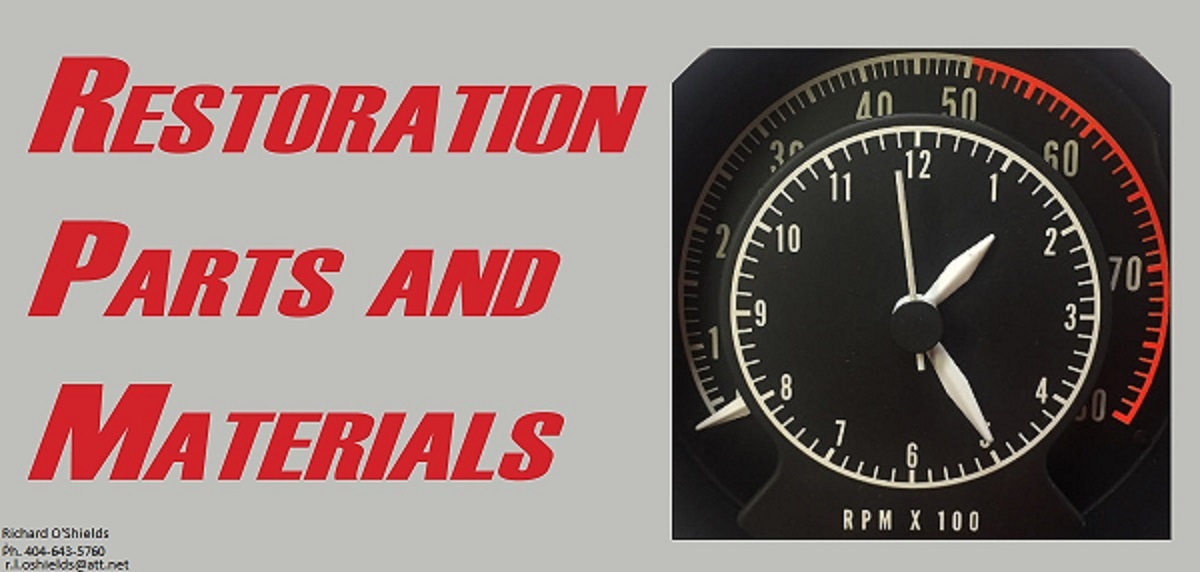Lots of learning on my first top end refresh..
Car is 66 300, 383. Very much a street cruiser.
Stretched timing chain kickstarted said top end refresh.
Lunati 10230702 cam, matched lifters and springs.
Stock stamped rockers, currently no budget for adjustable rockers…but may have to.
8.575 pushrods.
This question is about lifter pre-load. Lunati spec between 0.20-0.60” tolerance. Using a dial indicator I have measured varying preloads from .38 to .65” on intakes (40,40,40,65,42,44,43,45) and some big swings like .23-.48” on exhausts (41,44,28,44,45,23,29,43) I intend to swap out a .20 longer or shorter pushrod to get some of those numbers closer to the others.
Does the preload need to be identical on all valves or just within the spec’s 0.20-0.60”?
I understand for efficiency they should and that I should be running adjustable rockers.
But worst case, can I change pushrods and get them between 40-50 at least. TIA
Car is 66 300, 383. Very much a street cruiser.
Stretched timing chain kickstarted said top end refresh.
Lunati 10230702 cam, matched lifters and springs.
Stock stamped rockers, currently no budget for adjustable rockers…but may have to.
8.575 pushrods.
This question is about lifter pre-load. Lunati spec between 0.20-0.60” tolerance. Using a dial indicator I have measured varying preloads from .38 to .65” on intakes (40,40,40,65,42,44,43,45) and some big swings like .23-.48” on exhausts (41,44,28,44,45,23,29,43) I intend to swap out a .20 longer or shorter pushrod to get some of those numbers closer to the others.
Does the preload need to be identical on all valves or just within the spec’s 0.20-0.60”?
I understand for efficiency they should and that I should be running adjustable rockers.
But worst case, can I change pushrods and get them between 40-50 at least. TIA

















